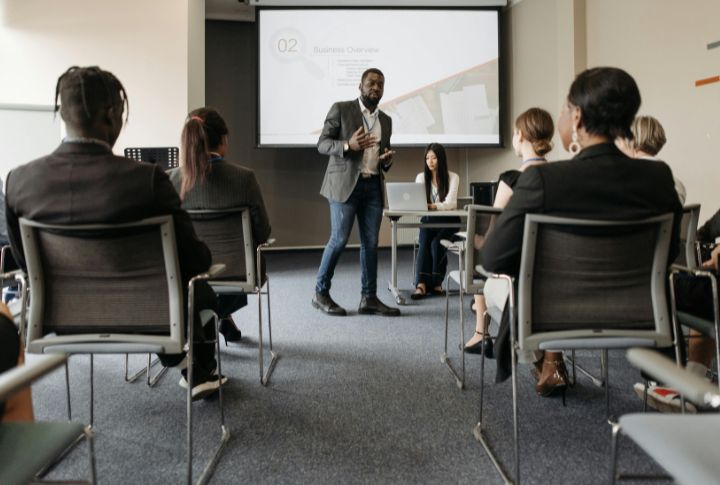
Work today goes beyond just clocking in and finishing tasks. Employees deal with shifting expectations and sudden problems that appear without warning. These challenges can drain energy and make daily work more difficult. Ignoring them usually leads to bigger issues. Let’s explore ten challenges influencing how people experience and manage their work today.
Endless Work Hours Drain Productivity

Exhaustion from nonstop work reduces efficiency and raises stress levels, as Japan’s tragic “karoshi” cases show. Meanwhile, countries with regulated hours see improved health and happier employees. Limiting work time protects well-being and keeps productivity steady over the long haul.
Digital Overload Blurs Work-Life Boundaries

Pressure to reply to messages off the clock keeps employees from fully disconnecting and taking a proper break. The nonstop connection causes increased screen time, which raises stress levels and the risk of burnout. To protect personal time, some companies now limit after-hours contact.
Unrealistic Multitasking Reduces Focus

Rapid task-switching disrupts concentration while slowing down workflow, which in turn weakens cognitive processing. Allowing the brain time to refocus after interruptions helps prevent delays. Without these breaks, constant multitasking increases mistakes and lowers quality.
Lack Of Meaningful Breaks Causes Fatigue

Missing breaks wears you down mentally. When you take regular pauses, it’s easier to stay focused and clear your head. Plus, breaks support protecting your eyes and prevent strain from sitting too long. Places that encourage taking breaks usually see less burnout and happier, more productive people.
Open Office Designs Increase Distractions

Open office designs tend to increase noise and frequent disruptions that break concentration. Limited privacy and constant visual stimuli add stress and cause workers to feel less satisfied with their jobs. These factors combine to make focusing and working comfortably a real challenge.
Unstable Pay And Shifting Hours In Gig Work

Working in the gig economy means income can change drastically, and work hours rarely stick to a routine. Without typical benefits like health insurance or retirement plans, worries grow. The unpredictability also makes planning personal life tough, which often causes stress and disrupts work-life balance.
Constant Performance Monitoring Increases Anxiety

Constant monitoring can make employees feel mistrusted and stressed. This pressure slowly lowers morale and harms workplace relationships. When people feel watched, they’re less likely to be creative or take risks. Having clear guidelines helps, but excessive tracking leads to micromanagement rather than focusing on actual performance.
Inadequate Mental Health Support Hurts Retention

Many employees face mental health struggles that go unnoticed at work. Without proper support, absenteeism rises and productivity drops. Mental health programs help people feel cared for, which in turn reduces employee turnover. Sadly, stigma keeps many from asking for help.
Unrealistic Productivity Expectations Lead To Burnout

Piling on too much work can quickly drain employees both physically and emotionally. Constant pressure then chips away at job satisfaction and engagement. Over time, this strain can cause burnout and lead to health problems and long absences. Setting realistic goals keeps performance steady and supports healthier, more sustainable work habits.
Lack Of Career Growth Causes Disengagement

Limited chances for advancement often cause employees to quit because stagnation saps motivation and commitment. Offering learning and development builds loyalty, and clear career paths enhance purpose and belonging. Companies investing in employee growth see better retention and stronger engagement throughout their workforce.
